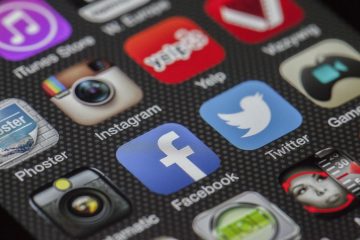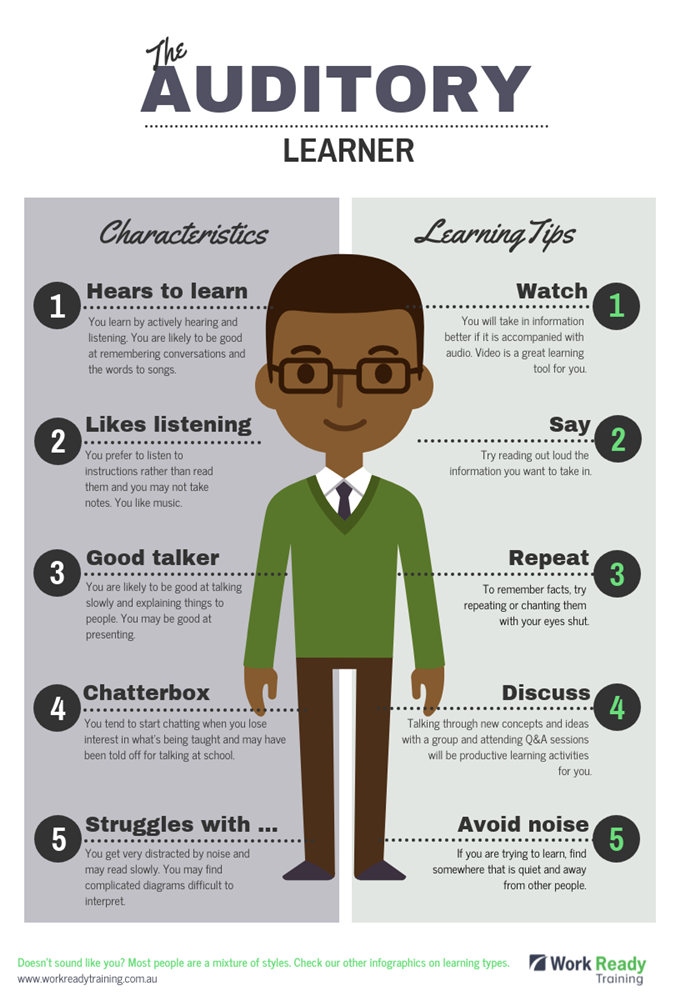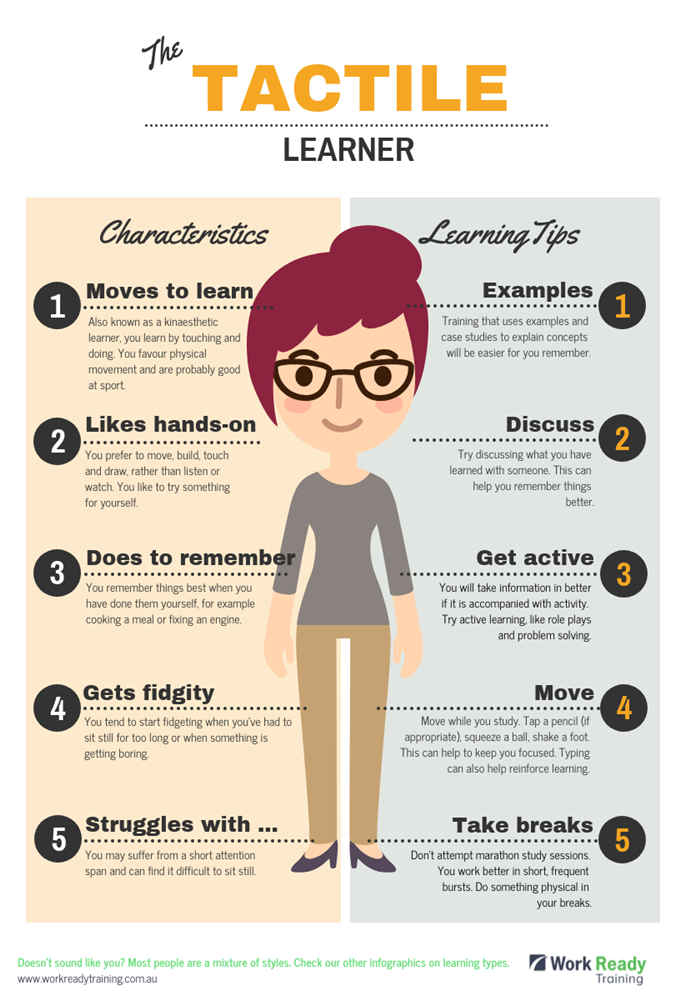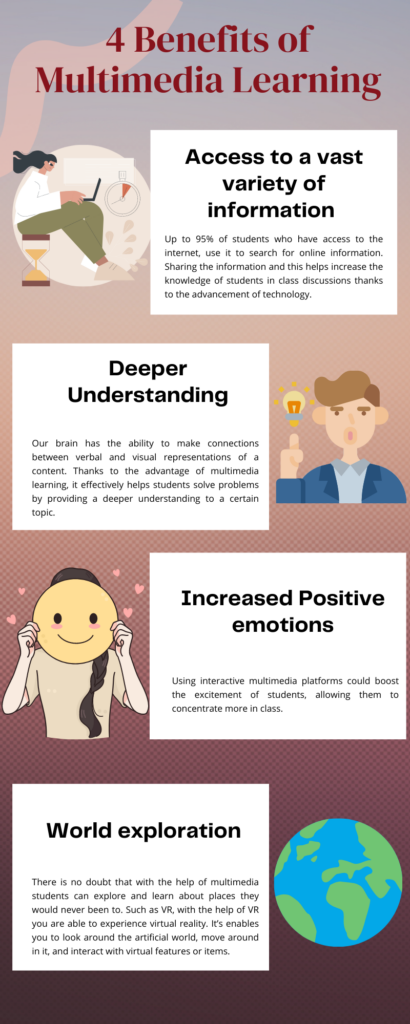In this blog post, I’ll be talking about the differences between TPACK, SAMR and SECTIONS.
The 21st century has brought us many great technological advancements. One huge thing that has changed for the better, with technology, is the way students are educated. Without technology, most teachers now would struggle to get their lessons across to their students. Young people today always have their face shoved into a laptop, cell phone, gaming system, and other electronic devices. Implementing technology in the classroom allows for students to use their technological understanding to help educate them to the best of their ability.
TPACK is Technological Pedagogical and Content Knowledge and this is what shows teachers how to improve their teaching with implementation of technology. Technology could be the use of a SMART board, iPads in the classroom, laptops, chrome books, cell phones, and more. Pedagogy is how you teach. Every teacher has a certain way they like to teach or how they think information is best retained and that is their pedagogy. Content is what you’re teaching whether is be out of the book or found online, you have to be teaching some sort content. All of those combined create TPACK, a great way to incorporate technology into learning.

SAMR is also a way to put technology in the classroom in hopes to improve learning. It stands for substitution, augmentation, modification, redefinition. Substitution is putting a technological system into education that could be done equally as well without technology. An example is Microsoft Word. Augmentation is still technically a substitute but it allows for slight improvement in learning. A google doc being shared between students could be an example of this. Modification is a significant change for the better with technology. Google docs being used to see what people change as they do it is a great example of this. Lastly, redefinition. Redefinition is a complete change, making it a completely new task. This could be thought of as D2L, where we can see every assignment a teacher has and also make comments on a students post.

The SECTIONS Model is an applicable

framework that educators can use to evaluate the effectiveness of applying a certain technology in their classrooms. SECTIONS specifically refers to 8 different areas: Students, Ease of use, Costs, Teaching & Media, Interactivity, Organizational issues, Networking and Security & Privacy.
References
Schrock, Kathy. “SAMR.” Kathy Schrock’s Guide to Everything. N.p., 9 Nov. 2011. Web. 17 June 2022
Koehler, Matthew J. “TPACK Explained.” TPACKorg. N.p., n.d. Web1 7 June 2022.
“SAMR/TPACK.” IPad Bootcamp for Teachers. Web. 17 June 2022
Bates, A. W., & Poole, G. (2003). Effective Teaching with Technology in Higher Education: Foundations for Success. Jossey-Bass, An Imprint of Wiley. Web1 7 June 2022.






Recent Comments